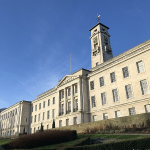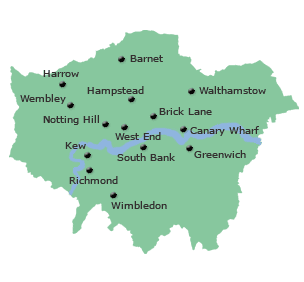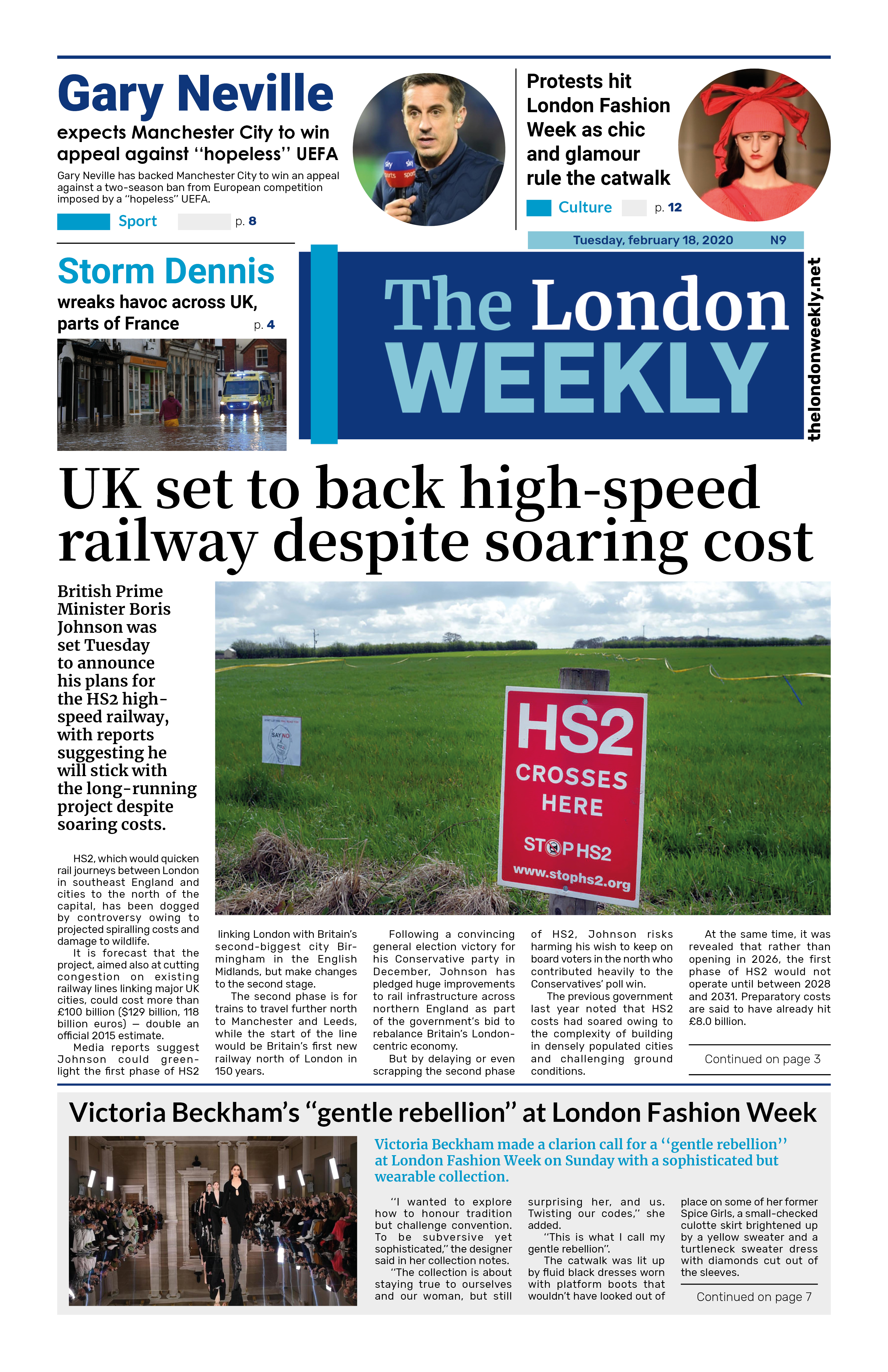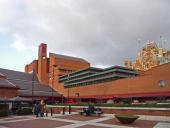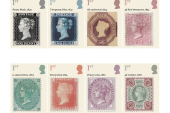
Inflation in the UK dropped to 2.8% in February, bringing a bit of good news for Chancellor Rachel Reeves just before her spring statement in the House of Commons.
According to the Office for National Statistics (ONS), consumer price index (CPI) inflation resumed its downward trend after a brief rise to 3% in January from 2.5% in December. The drop was steeper than economists’ forecast of 2.9%.
ONS chief economist Grant Fitzner said the main reason for the fall was lower clothing prices, especially for women’s wear, though there were slight increases in areas like alcoholic drinks.
The figures come hours before Reeves is expected to present a cautious economic outlook, with forecasts from the Office for Budget Responsibility likely to show weak growth and strained public finances.
The UK economy has been close to stalling in recent months, with households struggling under high prices and borrowing costs. Confidence among both businesses and consumers has taken a hit due to rising taxes and uncertainty over global trade, especially from tensions involving Donald Trump’s policies.
While February’s figures are encouraging, inflation is expected to rise again soon. Increases in wholesale energy costs and food prices could push inflation higher, with the Bank of England warning it might peak again around 3.7% later this year.
From April, households face further financial pressure with higher council tax, utility bills, and other costs. Businesses are also bracing for higher expenses due to the planned increase in employer national insurance contributions, which some say could lead to job cuts and price hikes.
“February’s dip in inflation is misleading,” said Suren Thiru, economics director at the Institute of Chartered Accountants in England and Wales. “Upcoming rises in energy bills and national insurance will likely push inflation close to 4% very soon.”
Paul Dales, chief UK economist at Capital Economics, said inflation could dip slightly to 2.5% in March, but with a 6.4% increase in utility prices and a 26% jump in water bills expected in April, it could rise above 3% again.
Persistently high inflation is likely to delay interest rate cuts by the Bank of England and has pushed up government borrowing costs—creating more pressure for Reeves.
Core inflation, which excludes food and energy and reflects underlying price trends, fell slightly to 3.5% in February from 3.7%. However, inflation in services—closely watched by the Bank—remained steady at 5%.
The Bank has signaled it will move cautiously on interest rate cuts. After three cuts last year, financial markets now expect only two more quarter-point reductions in 2025, bringing the rate to around 4%.
Darren Jones, Chief Secretary to the Treasury, emphasized the government’s goal of maintaining economic stability. “Our top priority is getting the economy growing and improving living standards,” he said. “That’s why we’re protecting workers from higher taxes.”














